Thanks to simplicity and user-friendliness, Samsung’s One UI has emerged as one of the leading ROMs on the planet. Not only is it easy on the eye, but it also offers a host of customization options, primarily through the Good Lock application.
Good Lock has a host of “modules” at its disposal that allows you to doll up your Galaxy smartphone as you see fit. Today, we’ll be taking a closer look at one such sophisticated Good Lock module — Home Up — and tell you how you could make the most of it.
What is Home Up?
Home Up is a handy Good Lock module that not only allows you to customize your stock One UI home screen but also makes it super easy to customize your Samsung smartphone as you see fit. Additionally, since it’s a first-party module, it is also the safest, non-root, customization tool out there for your home screen.
After you install the Home Up module inside Good Lock, you’ll find five menu items: ‘Home screen,’ ‘Folder,’ ‘Back up and Restore,’ ‘Share Manager,’ and ‘Task Changer.’ Below we’ll take a look at how you could use the said items to customize your One UI experience.
Related: How To Remove Themes From a Samsung Phone
How to get Home Up
Since Home Up is a Good Lock module, you can get it right from the Good Lock application itself. After you’ve downloaded Good Lock — click on this link if you haven’t — tap on the ‘Unit’ tab. Towards the bottom of the screen, you’ll find the ‘Home Up’ module. Tap on the download button right next to it.

You’ll be taken to the linked Galaxy Store page, which will prompt you to hit the ‘Install’ button.

Alternatively, you could click on this Galaxy Store link to download the Good Lock companion.
It’ll also give you an idea about the space it’ll take on your phone. After it’s installed, you’ll be able to access it through the Good Lock app itself.
How to use Home Up
Since Home Up is split into five elements, we’ll explore each entry separately.
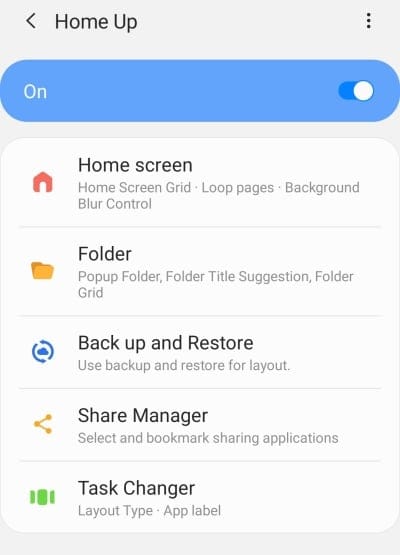
Home screen
This item will up there at the very top of the Home Up items list. Open it and you’ll get the option to change Home and App Screen Grid at the top.
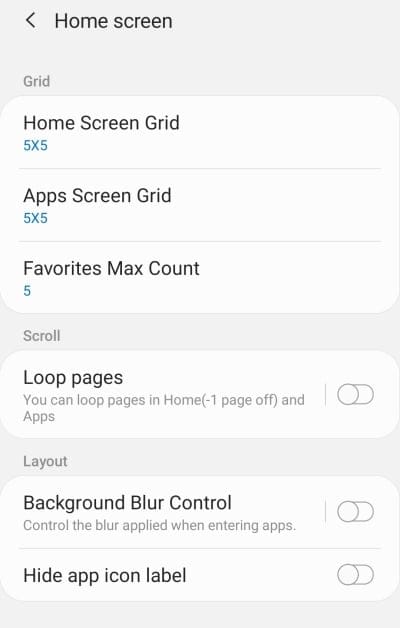
The grid value can range between 4 x 4 and 7 x 7 for both App and Home Screens.
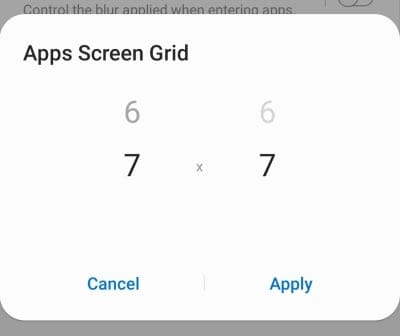
You can also change the maximum count for Favorites. The value can range between 5 and 9.
Next, you’ll find three toggles, allowing you to loop home screen pages, tweak the background blur when you enter the App Drawer, and hide the app icon label. To customize the level of background blur, you’ll need to tap on ‘Background Blur Control’ and adjust the slider as you see fit.

The Home Up module also gives you a little preview of how the background of the App Drawer would look with no blur and maximum blur, respectively.
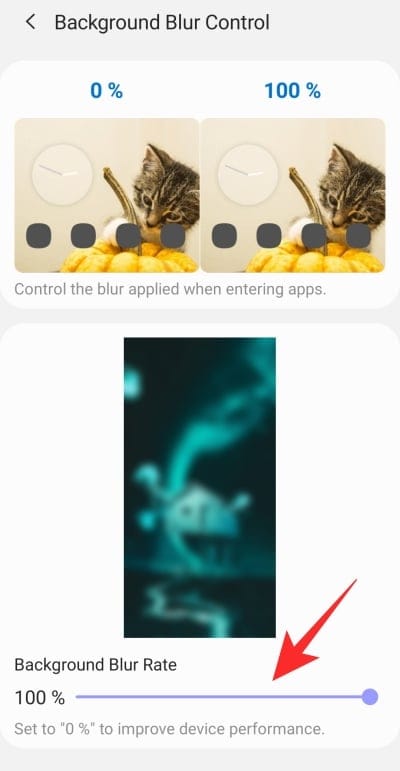
Related: How To Mirror iPhone To Samsung TV
Folder
One UI brings customizable folders to your fingertips. Tap on the menu item to explore the settings related to folders in One UI. You’ll find three sub-sections under the ‘Folder’ banner.
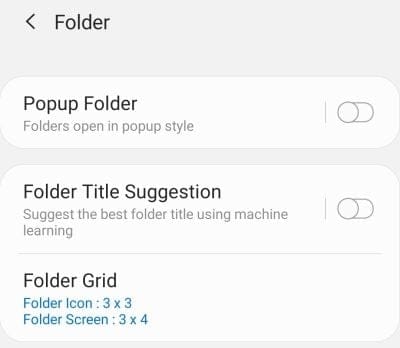
The first of which, ‘Popup Folder,’ allows you to change the font color of the folder, pick a background color, adjust background transparency, and even background corners. All you have to do is open ‘Popup Folder’ and get to work.
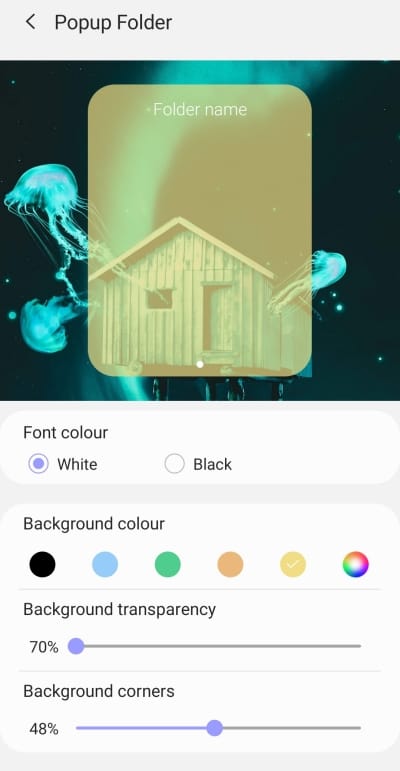
The next setting, ‘Folder Title Suggestions,’ would give One UI permission to use machine learning to suggest the name of your folders. You can, of course, overwrite the names One UI picks with a simple tap. To enable, hit the ‘Folder Title Suggestion’ toggle.
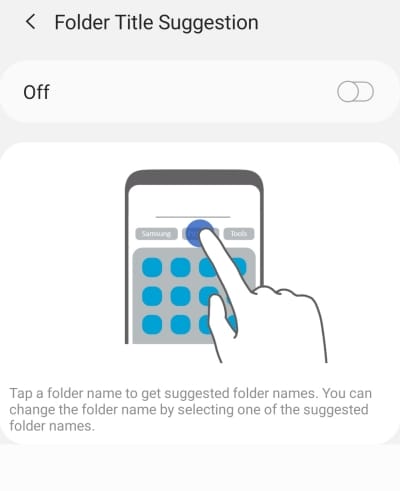
The final element under the ‘Folder’ banner is titled ‘Folder Grid.’ Just as the title suggests, this area allows you to adjust the grid of the folders, both icon and screen. You can set the value to anything between 3 x 3 and 7 x 7.
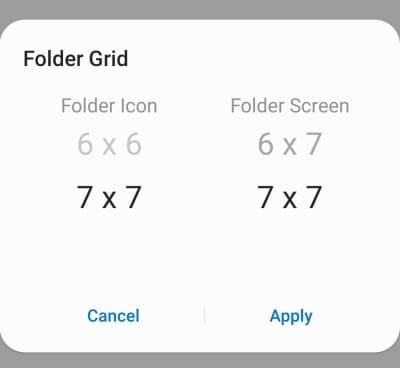
Related: How Galaxy S21 Gives Us a Peek Into the Future
Back up and Restore
This isn’t exactly a groundbreaking option, but it will certainly come in handy if you’re a Samsung enthusiast. Since Good Lock is a Samsung Galaxy exclusive, you can very easily create backups of your configurations and restore them to your new Galaxy smartphone. All you have to do is turn on the ‘Back up and Restore’ option and set the frequency to either ‘1 Hour’ or ‘1 Day.’
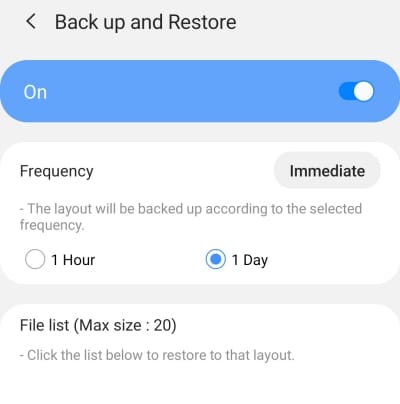
Related: How to Check ECG on Your Samsung Galaxy Watch
Share Manager
Android’s famous Share Tray got a major revamp in Android 10, and Samsung is doing its bit to refine it even further in Android 11-based One UI 3. As you may have noticed, the Share Tray on your Samsung Galaxy device shows recently used, favorite applications at the top and then lists the other apps that you might need. There are also a few direct share options, which allow you to share stuff directly with your contacts, without the involvement of third party applications.
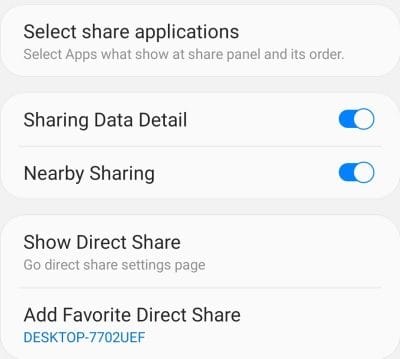
With the help of Share Manager, you can customize the whole deal, tailor it to your specific needs. After you enter ‘Share Manager,’ you’ll spot the option to ‘Select share application’ at the top. By default, these are auto-selected through machine learning. But you can override the selection by picking the apps you use frequently or wish to see at the top.
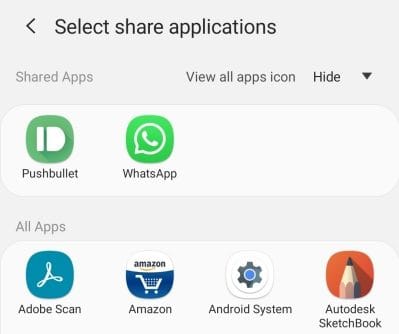
Next, you’ll find two toggles — ‘Sharing Data Detail’ and ‘Nearby Sharing’ — the first of which gives you a glimpse of the files you’re about to transmit, while the second one is all about implementing Google’s Nearby Share.

Finally, you get two more handy options: ‘Show Direct Share’ and ‘Add Favorite Direct Share.’ If you don’t wish to see your contacts while sharing a file, first, tap on ‘Show Direct Share.’

Now, simply disable ‘Show contacts when sharing content.’
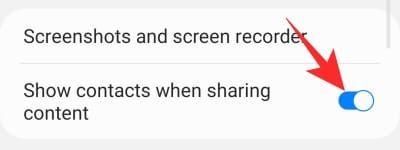
The second option — ‘Add Favorite Direct Share’ — can come in super handy when you want quick access to a specific contact within an application.
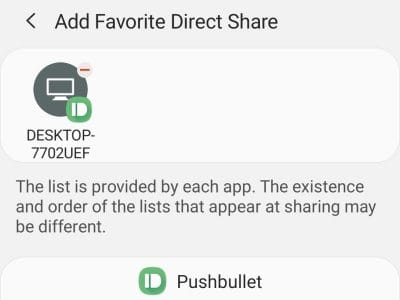
Related: What is Samsung Members app?
Task Changer
In One UI 2, Task Changer used to be a separate Good Lock module, flaunting a bucket load of bells and whistles. For reasons unknown, Samsung has decided to dissolve the module and merge it with Home Up in One UI 3. You still get to change your layout style, center the app you’re currently running, hide/show app labels, and more. The current version of Task Changer also enables navigational gestures during full-screen applications, which was first introduced in the developer preview of Android 12 earlier this year.
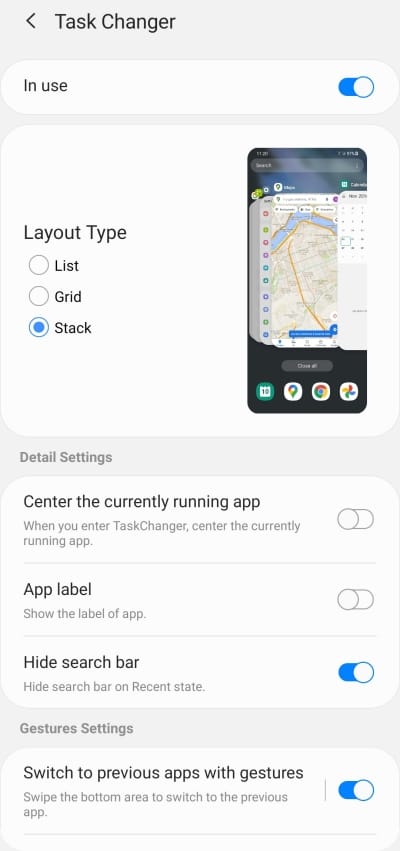
As collateral damage of this merger, layout styles have been reduced significantly while blur controls have also been scrapped. To know more about Task Changer and how you could get the most out of it, be sure to check out our dedicated Task Changer guide.
RELATED

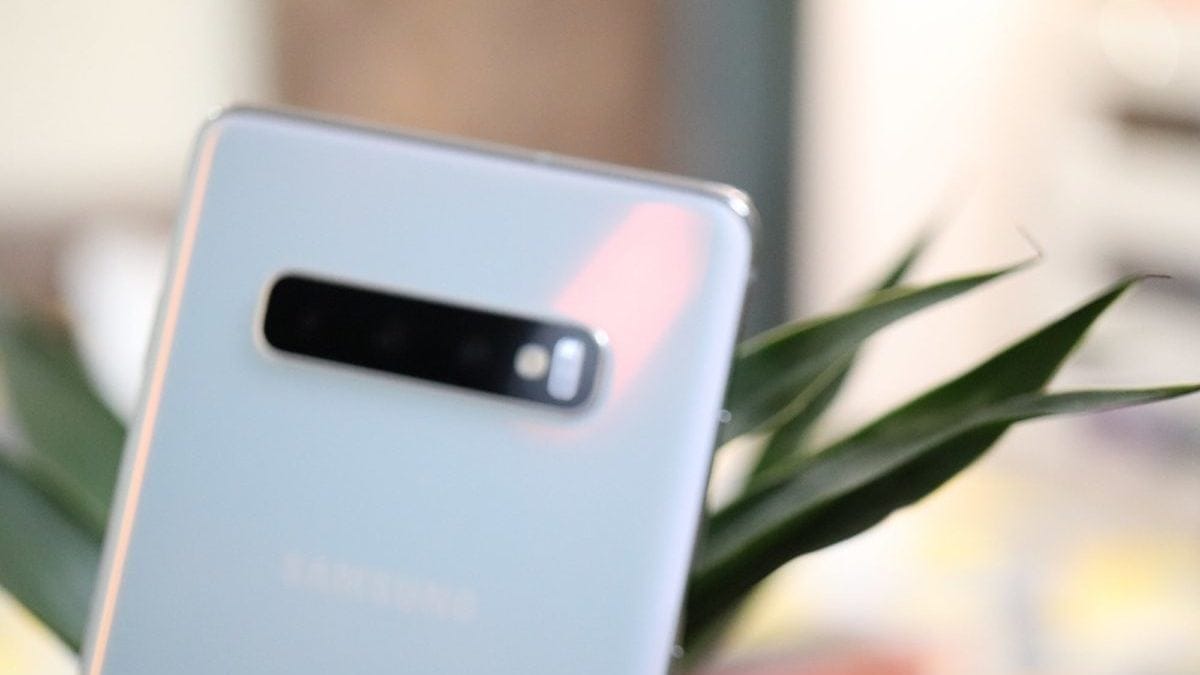











Discussion